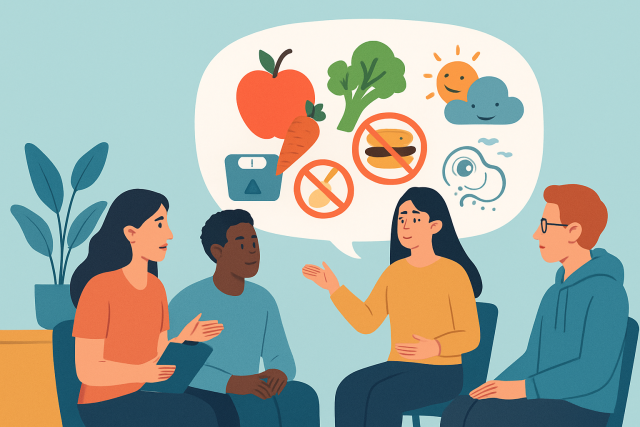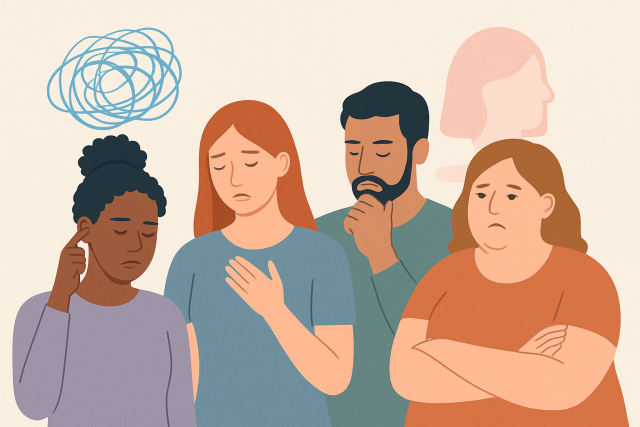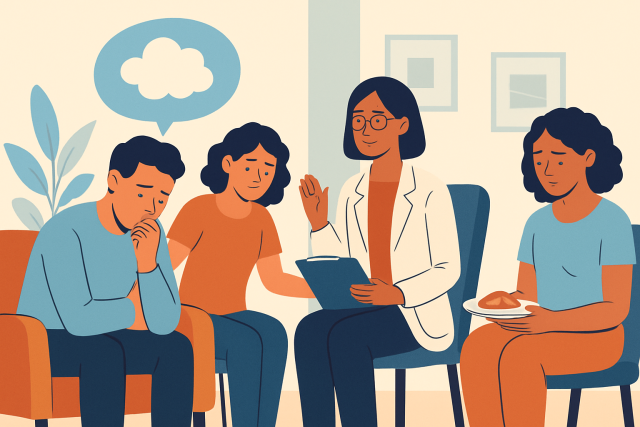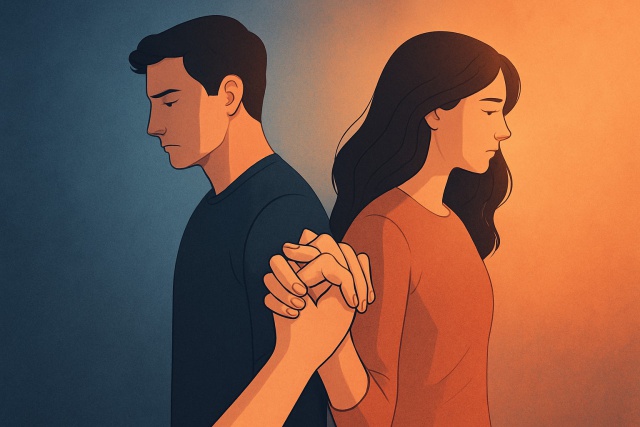
8 different types of eating disorders and how they vary
Explore the eight different types of eating disorders, understand their unique traits, and learn how...
This article walks you through what pica disorder entails, digs into its causes and potential risks, and shares how it can be tackled successfully.
Pica disorder is an eating condition where individuals repeatedly chow down on non-food items, typically for at least a month and well beyond the usual childhood phase of just being curious about the world around them
Pica disorder as described in the Diagnostic and Statistical Manual of Mental Disorders Fifth Edition (DSM-5) involves repeatedly eating things most people wouldn’t normally consider food — like dirt or paper. Toddlers explore the world by tasting everything they find and some cultures have traditions that include nibbling on non-food items. Pica isn’t just a passing phase. It is a persistent inappropriate habit that lasts for at least a month.
People often swallow things like dirt, chalk, pencil erasers, paper, soap, clay, ice or even hair every now and then. These odd little items are usually easy to find but don’t offer any nutrition.
Pica disorder seems to arise from a mix of biological, psychological and environmental factors working together. Iron and zinc deficiencies and mental health challenges seem to play a part. Developmental conditions and cultural influences also contribute to the urge to eat things that aren’t meant for the dinner table.
Pica might come off as just a quirky or odd behavior, but in reality, it often springs from a tangled web of causes like nutritional deficiencies and mental health issues—things that can vary quite a bit from one person to another. – Dr. Elaine Matthews, Clinical Psychologist
Pica disorder tends to show up more frequently in certain groups like young children and pregnant women or people dealing with developmental or mental health conditions.
Eating non-food items can spell serious trouble for your health. The risks depend on what gets munched on but can include poisoning, intestinal blockages or tears, damaged teeth, infections, and poor nutrition when these odd choices replace actual food.
| Substance | Health Risks | Possible Symptoms or Complications |
|---|---|---|
| Dirt/Clay | Could lead to a nasty mix of parasitic infections, lead poisoning, and intestinal blockages if you are not careful | Abdominal pain, anemia, and nausea that might just ruin your day |
| Chalk | Might wear down your teeth over time and give your digestive system a bit of a hard time | Tooth damage and stomach discomfort that no one loves |
| Paper | Has the potential to cause blockages and, let us be honest, poses a choking hazard | Constipation and some uncomfortable digestive issues |
| Soap | Swallowing large amounts can lead to chemical irritation and even poisoning, so best to keep it out of reach | Vomiting, diarrhea, and painful mouth burns that are not fun at all |
| Ice (Pagophagia) | Can cause pesky dental fractures and make your teeth super sensitive to cold | Tooth pain and heightened sensitivity that can catch you off guard |
| Hair | May clump together into hairballs (trichobezoars) that block your digestive tract | Stomach pain, vomiting, and malnutrition that are definitely unwelcome |
| Paint chips | Carry the risk of lead poisoning and toxic exposure, which is no joke | Neurological issues and stomach troubles that really should not be ignored |
Diagnosis calls for a careful clinical evaluation to tease apart pica from run-of-the-mill behaviors or other medical quirks. Healthcare providers look at how long the symptoms have lasted and consider cultural habits. They also investigate possible nutritional or psychiatric causes through interviews, physical exams and lab tests.
Effective treatment usually involves rolling up one’s sleeves to tackle nutrient deficiencies head-on, offering psychological support and gently nudging changes in behavior. Care plans are carefully crafted around each person’s unique needs to promote safe eating habits and provide meaningful mental health support. They also create environments that lower risks and gently pave the way toward recovery.
Treating pica can be quite the challenge since relapse tends to sneak back in, and deeply ingrained habits or underlying issues often have a stubborn hold.
Misunderstandings about pica disorder often lead to unfair stigma and a lack of the support people need. It's worth remembering that pica disorder isn't just childish curiosity or attention-seeking or some harmless quirk.

Explore the eight different types of eating disorders, understand their unique traits, and learn how...

Anorexia nervosa often evokes images of extreme thinness, but can you be overweight and anorexic? Th...

Rumination eating disorder involves repeated regurgitation of food without nausea. Understand its si...

Contempt is a toxic emotion that can erode love and respect in relationships. Discover what contempt...